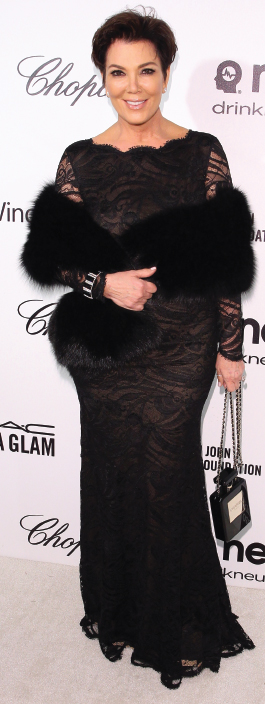Cultivation Theory
If you consider your mass media experience as part of your overall culture and relational history—as explained in Chapter 1—it’s easy to see how your perceptions of co-cultures that are different from your own might be shaped by media messages. But the mass media can challenge stereotypes as easily as they can reinforce them. Modern television shows in particular feature diverse casts and story lines and may help to broaden some individuals’ cultural horizons.

DUE IN GREAT part to vanity-focused TV programs and reality stars, plastic surgery—even in extreme forms—is perceived as almost routine, particularly among females. JB Lacroix/WireImage/Getty Images
If you watch a lot of reality TV about cosmetic surgery, are you more likely to believe that plastic surgery is normal and acceptable? George Gerbner’s cultivation theory indeed argues that a steady, long-term diet of heavy television viewing results in perceptions of reality that match the (distorted) view of reality presented on television (Gerbner, Gross, Morgan, & Signorielli, 1994). Originally developed in the 1970s, the theory did not distinguish between different kinds of programs; it treated the entire TV world as basically the same—dominated by messages about crime and violence. The theory proposed that the more TV you watch, the more you will develop a perception of the world as a scary, violent place. Studies showed that individuals who watch a lot of television were indeed more likely to be afraid of crime or of walking alone at night, to estimate greater police activity, and to mistrust other people (Gerbner, Gross, Morgan, & Signorielli, 1994).
However, the explosion of television channels, genres, and new media has led to criticism of the idea that all television messages are the same, and research during the past two decades has largely shifted toward looking at correlations between attitudes and heavy viewing of certain types of media messages—young girls who consume a lot of “thin media” messages having poorer body image, for example (Harrison & Cantor, 1997; Tiggemann, 2005). But critics of cultivation theory argue not only that the effects are pretty small but also that it is impossible to determine whether any of the correlations that cultivation studies find are actually media effects (Nabi, 2009). This is because the causal direction could arguably be going the other way: girls who have poor body image or low self-esteem are likely to seek out messages that confirm their views (that is, by finding thin models to compare themselves to). Similarly, people who are already accepting of plastic surgery are the very people most likely to want to watch shows about it. Still, it is important to be aware of our media “diet,” as this may well be connected to the kinds of stereotypes, attitudes, and perceptions we are developing or reinforcing.
AND YOU?
Question
In what ways have mediated messages shaped your perceptions of the world? Do you think your views of different people (and places) may have been shaped by what you have seen in entertainment or news media?
